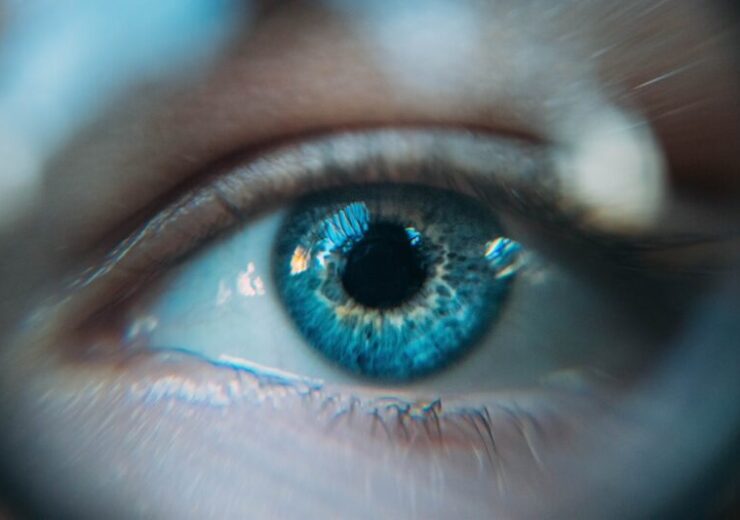The late-stage trial compared the investigational ophthalmic solution against carbachol monotherapy topical ophthalmic solution as well as brimonidine tartrate monotherapy topical ophthalmic solution

BRIMOCHOL PF is an investigational ophthalmic solution for the treatment of presbyopia. (Credit: Ion Fet on Unsplash)
Visus Therapeutics announced that BRIMOCHOL PF (carbachol/brimonidine tartrate fixed-dose combination) has met its primary and secondary endpoints of the BRIO-I phase 3 clinical trial in presbyopia, which is loss of near vision caused by aging.
BRIMOCHOL PF is an investigational preservative-free ophthalmic solution, which is intended to be dosed as a once-daily eye drop to correct the loss of near vision related to presbyopia.
The key topline data from the BRIO-I trial revealed that the investigational ophthalmic solution achieved the prespecified primary endpoint of the US Food and Drug Administration (FDA).
The primary endpoint is based on the proportion of participants achieving more than 15 ETDRS1 letter gain in Binocular Near Visual Acuity (BUCNVA). This was gained without a loss of ≥5 letters at a distance for all time points through Hour Six.
BRIO-I is a three-arm, multicentre, double-masked, randomised, crossover safety and efficacy trial that compared BRIMOCHOL PF topical ophthalmic solution with carbachol monotherapy topical ophthalmic solution as well as brimonidine tartrate monotherapy topical ophthalmic solution.
The late-stage trial recruited patients 182 patients having pseudophakic presbyopia or emmetropic phakic of 45-80 years of age, at 15 sites in the US.
As per the findings, BRIMOCHOL PF became the first fixed-dose combination product to achieve statistically important “contribution-of-elements” in presbyopia, which is an FDA requirement for such a fixed-dose combination product.
Visus Therapeutics said that its investigational ophthalmic solution also achieved prespecified European Union (EU) and UK primary endpoints from 0.5 to eight hours duration and out to 10 hours.
Additionally, it showed statistical significance in prespecified secondary endpoints in a proportion of participants achieving a 10-letter gain in letters read at a near distance. It was also significant in a proportion of patients achieving at least 20/40 at near visual acuity.
According to the biopharmaceutical company, the distance vision of two letters at eight hours versus active control, carbachol, in comparison to baseline at all time points was also significantly gained.
Visus Therapeutics co-founder and chief medical officer Rhett Schiffman said: “We are very pleased by the BRIO-I topline data demonstrating a rapid and durable improvement in near visual acuity and clear contribution-of-elements with BRIMOCHOL PF performing better than each of the individual components separately.
“The appeal of this profile was reflected by the subjects in their masked, self-reported assessments who rated the duration of BRIMOCHOL PF, on average, as ‘just right’ and reported that they would expect to use BRIMOCHOL PF approximately 5 days a week.”
The topline findings from the current BRIO-II phase 3, six-month plus six-month safety and effectiveness interim study are anticipated in the second half of this year, Visus Therapeutics said.
